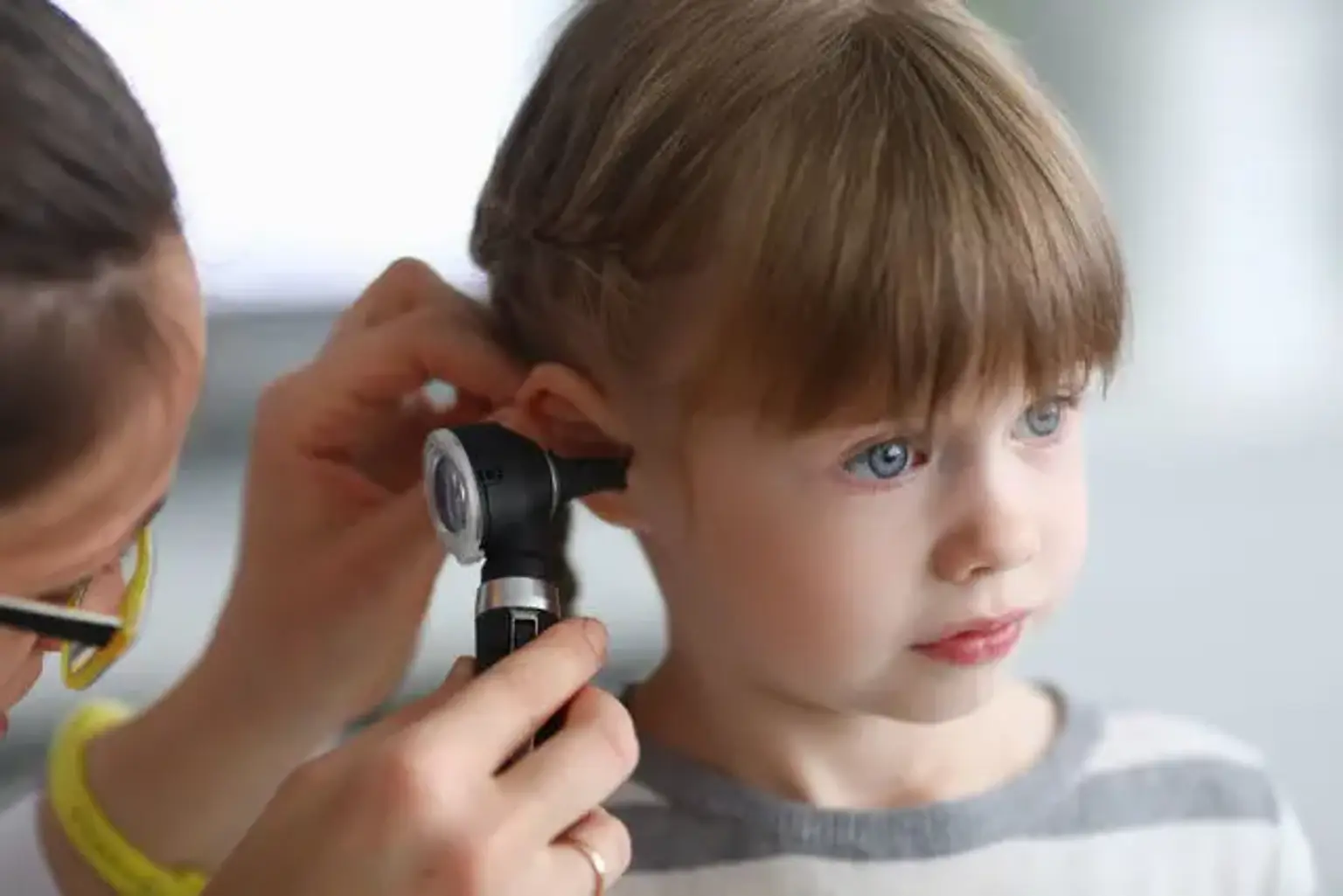What Are Ear Infections?
Ear infections are one of the most common health issues affecting people of all ages. They occur when bacteria, viruses, or fungi infect parts of the ear, leading to discomfort, inflammation, and sometimes more severe complications like hearing loss. Ear infections are typically classified into three types based on their location: middle ear infections (otitis media), outer ear infections (otitis externa), and inner ear infections.
Each type of infection varies in symptoms, causes, and treatment, making early diagnosis essential for effective management. Left untreated, ear infections can lead to complications that significantly affect your hearing and overall quality of life.
Why Ear Infections Are a Concern
Ear infections are more than just an uncomfortable inconvenience. Globally, they are among the leading causes of temporary hearing loss, particularly in children. In fact, ear infections are the primary reason for pediatric visits in many countries. Adults can also experience ear infections, especially when dealing with conditions like sinus infections or Eustachian tube dysfunction.
In Korea, advanced ENT (ear, nose, and throat) services have made ear infection management a streamlined and efficient process. From cutting-edge diagnostic tools to highly skilled specialists, Korea is recognized globally for its excellent healthcare infrastructure, making it a popular destination for patients seeking treatment for chronic ear infections or related complications.
Types of Ear Infections
Middle Ear Infection (Otitis Media): This is the most common type, especially in children. It occurs when the middle ear (located behind the eardrum) becomes inflamed and infected, often due to respiratory infections like colds or the flu. Symptoms include ear pain, fever, and difficulty hearing.
